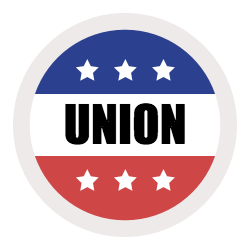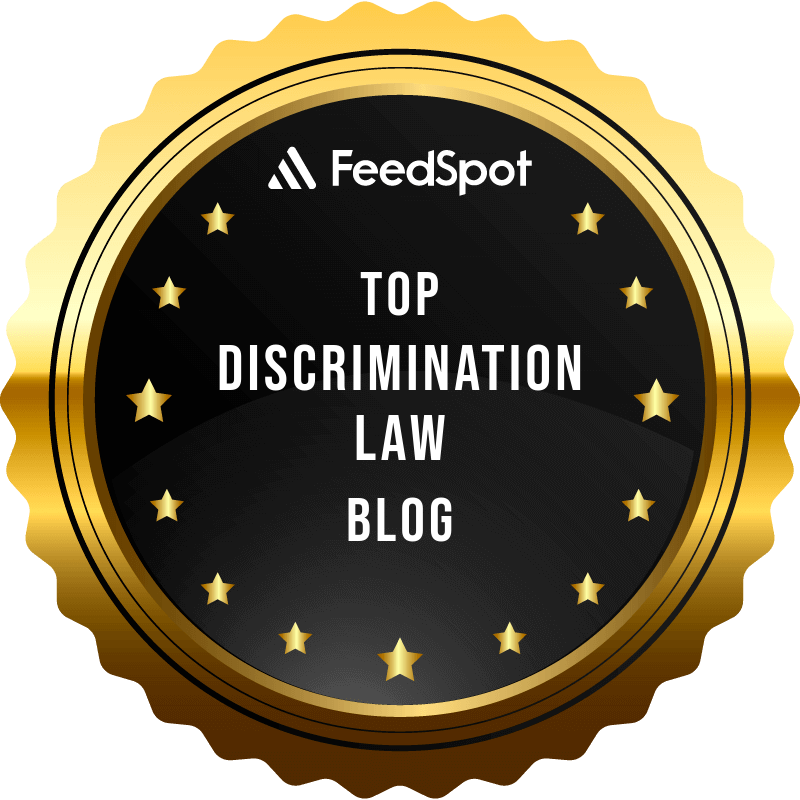- Free Consultation: (631) 352-0050 Tap Here to Call Us
Labor Law and Discrimination

The National Labor Relations Act (the NLRA) is a federal law that, among other things, protects the rights of employees and encourages collective bargaining among employees for better terms and conditions at work. The NLRA also imposes a duty of fair representation which means that labor unions have an obligation to represent its employees fairly and without discrimination. Its New York state counterpart is the New York State Human Rights Law (NYSHRL).
The National Labor Relations Act vs. The New York Human Rights Law
On July 25, 2017, in Figueroa v. Foster, the highest federal court in New York had to decide whether the NLRA preempts the NYSHRL for discrimination claims filed by a union member against a labor union when the labor union is acting as a collective bargaining representative. In other words, does the federal NLRA law take control over its state counterpart or can both the federal law and state law protect employees?
In Figueroa v. Foster, the plaintiff was the President of a labor organization called SEIU Local 32BJ, CTW, CLLC, or (the “Local”) that deals with employee grievances, labor disputes, and terms or conditions of employment. Foster is the Commissioner of the New York State Division of Human Rights (“SDHR”). The SDHR is the agency that is responsible for the enforcement of the NYSHRL. In other words, the SDHR oversees labor organizations and makes sure that they are not engaging in any discriminatory conduct against the employees they are supposed to protect. Starting in 2009, numerous employees filed complaints with the SDHR claiming that the Local had violated the NYSHRL because it did not handle arbitration properly, did not demand arbitration, and engaged in other discriminatory actions as the employee’s collective bargaining representative. These complaints continued until 2016. The SDHR investigated the complaints to determine whether the union had violated the NYSHRL. The Local, however, argued that the NLRA’s duty of fair representation controlled, not the NYSHRL and thus, the SDHRL was not authorized to investigate the complaints. In other words, the Local argued that the federal agency should be investigating the complaints and not the state agency.
Although the lower court ruled that the NLRA controls, not the NYSHRL, the Second Circuit disagreed. On July 25, 2017, the Second Circuit reversed the lower court’s decision ruling instead that the NLRA’s duty of fair representation did not take control over the NYSHRL and therefore, they could both oversee labor unions.
To make this determination, the Second Circuit looked at whether the state law conflicted with the federal law in such a way that it would make it impossible to comply with both. The Second Circuit found that there was not a conflict. The court also looked at what whether Congress intended that the federal law supersede the state law and found that Congress actually intended the opposite.
Long Island Labor Lawyers Can Help
In sum, the NLRA and the NYSHRL can co-exist and the federal law does not preempt the state law. Instead, the state law can provide employees with additional protections against discrimination by the labor organizations that represent them.
If you have questions about the NLRA, labor law, workplace discrimination or retaliation, or the NYSHRL, contact the Long Island employment lawyers at Famigehtti & Weinick, PLLC. Our phone number is 631-352-0050 and our website is http://linycemployment.com.
Today’s employment law blog was written by law student intern Thalia Olaya.









